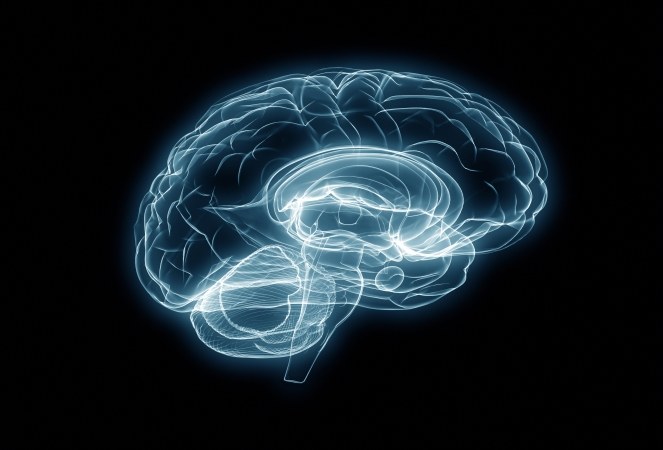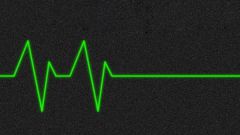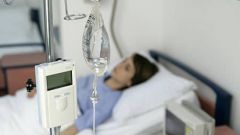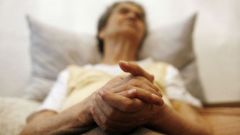Improvement before death: the scientific definition of the phenomenon
A condition called "dying to improve", in medical textbooks describe many other terms, not giving an accurate picture of the phenomenon and forcing people to associate it with something otherworldly, unearthly. A similar condition is observed most often in cancer patients.
Although it is not really a precise scientific formulation "death condition improvement", the most suitable for the definition of this phenomenon, the term "neurochemical oscillation".
What is the neurochemical oscillation?
The human body always fights to the last, and the pain, malaise, weakness - a clear sign of a struggle of the organism with the disease that are the result of communication between the hotbeds of disease and neurons in the human brain that receive signals from these foci and regulate the human condition.
In other words, if the body realizes that can still fight, then it includes immunity to the full, impairing basic motor and motor function (people about to die is not talking for 2-3 days, not moving, or just looking in the wall). However, if the body realizes that the fight is meaningless, then the protection system turns off, releasing the disease, but at the same time activating the motor, cognitive and motor functions of the body.
The status of "imaginary improvement" can be considered contradictory: on the one hand often family get the opportunity last time to talk normally with the patients over the past few years, with another - to many it gives only a false hope.
So, there were several instances when lain a few months people were up out of bed and even dared to go outside, and after a few hours it was sudden death.
Other prerequisites "imaginary improvement"
There is one more serious from a medical point of view, the prerequisite for the improvement of the patient several hours before death. The premise of this is due to the use by doctors of various painkillers, sedatives and opiates that alleviate the suffering of the patient, but can trigger an involuntary release of energy and the activation of motor functions, thus lead to painless heart failure.
Although doctors are not permitted to increase the dose of painkillers above the norm for patients experiencing severe pain often compassion takes precedence even over the people in white coats, forcing you to click the button on the device supply.
Most often, heart failure or a release of endorphins takes place after the drug overdose of morphine - the most popular painkillers in Europe and the United States.
It is worth considering one thing: all the superstitions and folk myths associated with suicide to improve the patient, have absolutely no evidence and every process is possible, though not 100% accurate, but roughly to explain through scientific knowledge.




